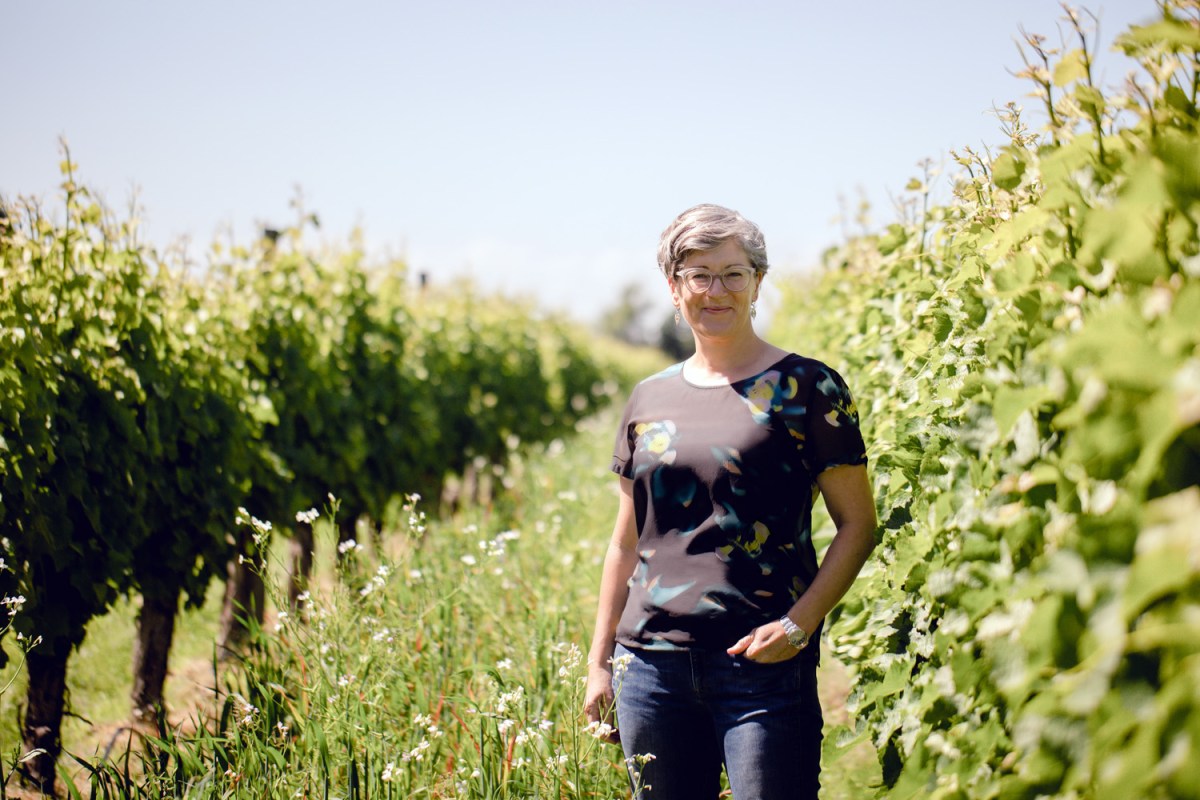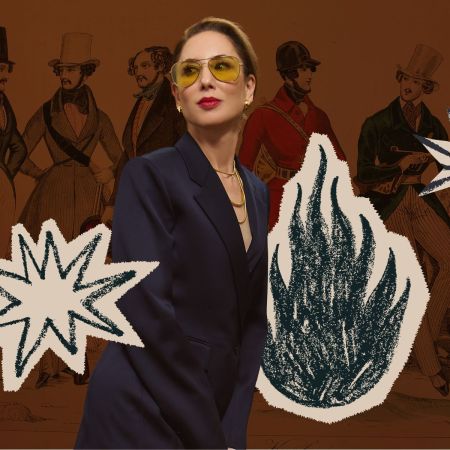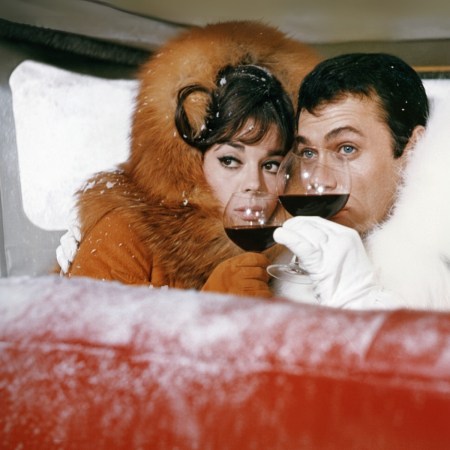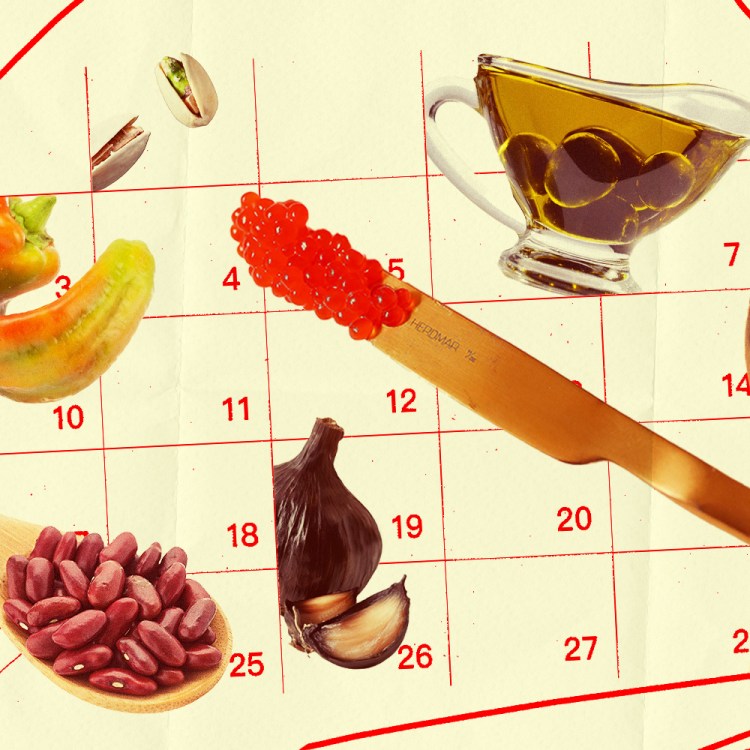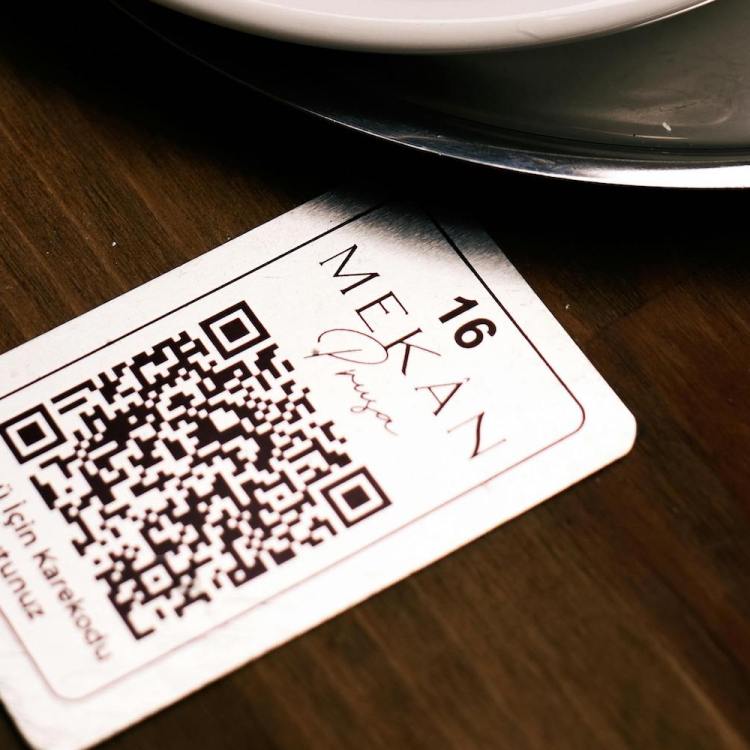In partnership with Jules Taylor Wines
Jules Taylor has quite literally grown up around Sauvignon Blanc — the New Zealand native was born in Marlborough at the northeastern tip of the country’s South Island the very same year the first vines were planted there.
Years later, Jules began honing her craft by working harvests in New Zealand in March/April (fall in the Southern Hemisphere) as well as harvests in southern Italy and Sicily in September. It was there that the true purpose of her efforts really began to take shape. “Italy brought home to me the importance of enjoying great wine with the people you love in a place that’s important to you.” she says. “Drinking wine should be less about status and more about creating good memories.”
Thus in 2001 — while still employed as Group Senior Winemaker at one of New Zealand’s most acclaimed wineries — Jules created her own eponymous brand as a moonlighting project, producing a mere 200 cases that first year. Five years later, she and her husband elected to quit their day jobs and put everything on the line to pursue their dream full time, and today Jules Taylor Wines is a global brand and Jules herself was recently crowned 2021 New Zealand Winemaker of the Year.
On the heels of a recent Zoom chat and tasting, we chatted with the “Queen of Sauvignon Blanc” (this is how Jules is affectionately known in the wine industry, but it bears noting that she also makes several other widely acclaimed varietals) to talk about her background, her process, and where she sees winemaking going in the future.
What advantages do New Zealand, and Marlborough in particular, have as a wine region?
New Zealand is surrounded by sea and so the climate is never extreme. We have incredible UV light, and Marlborough, in particular, is dry with low rainfall during the late growing season, which means there is pretty low disease pressure.
Our understanding is that you don’t pick grapes from the same area within Marlborough that other winemakers in your area do — can you explain your selection process?
I prefer to take Sauvignon Blanc grapes from around the edges of the Marlborough region — the lower Wairau, the Southern Valleys and the Awatere Valley rather than the main Wairau Valley floor where a lot of winemakers source their grapes. I think my experience, especially in the 2000s, has enabled me to make strategic choices about the subregions I think produce fruit that makes wine that I find most appealing of each variety.
We’ve read that “several life-affirming vintages in Italy underscored Jules’ love of wine as a simple pleasure to be enjoyed alongside good food and great friends” — can you speak to those particular vintages and your experiences in Italy?
I think the Italian way of life, especially in the south, lends itself to a lovely balance of family, work and play. As a youngster in the industry, I don’t think I had my priorities in the right order, but maybe that was an age and stage thing. Certainly wine and food and people help us make memories that will remain with us for life. The sheer beauty of all of those things, coupled with the Italian countryside and climate is perfect.
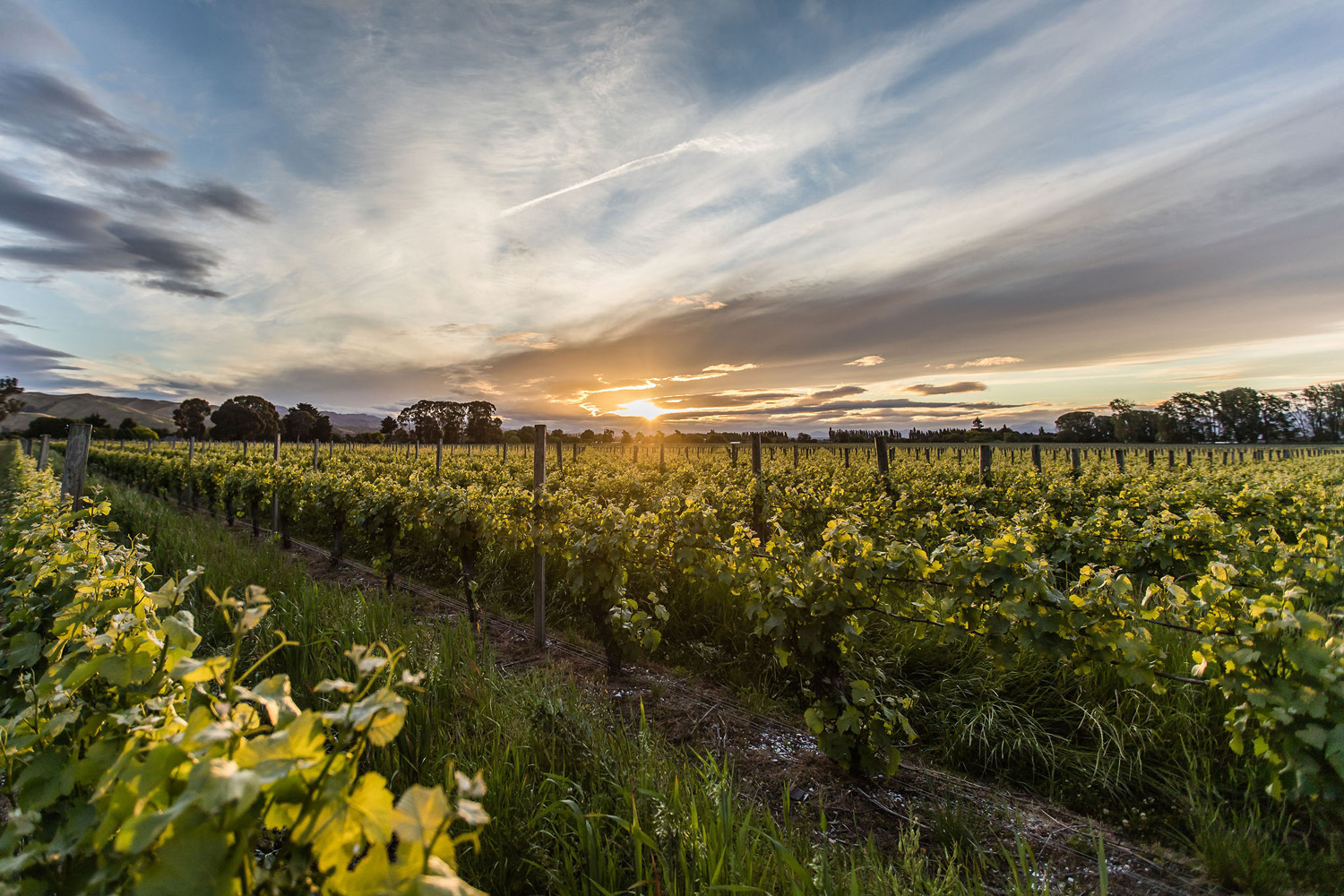
Was there a catalytic moment that helped you decide to take winemaking from a side project to the main focus of your life?
It had been building up for a while. Sometimes we work in jobs to show us what/how we don’t want to live. The tipping point for me was my eldest boy — he was four at the time — made the comment that I never picked him up from Montessori anymore. I wanted to be able to participate more in the lives of our children and realized that sometimes, you can’t do everything. The juggling act had to stop, and it was time for a change of direction!
What are the advantages and disadvantages of only making one batch of each wine every harvest?
The big advantage is you only get one chance at capturing the essence of what Mother Nature gives you each year. The subsequent wines really speak of each growing season. This gives me lots to talk about! The disadvantages … sometimes consistency from year to year can be difficult to achieve. If you stuff it up, you have to wait a whole year to try again! And, in years when supply of grapes is low, we run the risk of running out of wine.
How difficult has it been for the last 20 months (during COVID) for you as a winemaker?
Parts of it have been incredibly stressful. At the beginning of the pandemic, we had just started harvesting the 2020 vintage. We were unsure of the industry’s status and were lucky enough to have been deemed ‘essential’ which enabled us to keep harvesting under very strict protocols. We were all very aware of the consequences of COVID getting “into” the winery and it would not have been a pleasant experience. Also, the unknowns around, “Would people still be drinking? Would we continue to sell enough wine for our business to survive?” All those “rabbit hole” thoughts were very real! We have learned to do things differently.
Can you tell us some of your sustainability practices?
All our grape growing and winemaking is certified under the world-leading Sustainable Winegrowers New Zealand (SWNZ) scheme. This scheme covers about 98% of the New Zealand Wine industry and helps us to monitor, manage and improve on areas like water use, chemical use, energy use, etc. Beyond that, we work with a range of different growers who have different approaches, including some who are organic or biodynamic. Even those who are “conventional” growers are moving more toward things like the use of cover crops to increase biodiversity and reduced chemicals.
At our office we have installed solar panels to ensure our electricity is all generated sustainably. We are restoring a waterway that runs along the boundary of our property to its natural state to improve natural biodiversity and encourage native birds back to the area. We also work with our suppliers to minimize waste, for example when we’re printing labels.
Most importantly, we think the “people” aspect of sustainability is important too, so this year we have moved to a four day work week to allow our team to spend more time with their families and to make the most of what our beautiful region has to offer.
What do you say to people who are scared about selecting and enjoying wine?
Don’t be afraid. We all like what we like, and who cares what other people think of your choices? If you are new to wine, maybe go to a wine shop where the staff will be more likely to engage with you and seek out your preferences and thereby help you choose a wine that will be to your taste.
What are some trends in the world of winemaking that we should be looking out for?
God, I live on a rock at the bottom of the Pacific Ocean. Trends sometimes take a long time to arrive here! From Marlborough, though, check out the alternative styles of Sauvignon Blanc and explore other varieties for this region. SB is QUEEN but we also make great Pinot Noir and Chardonnay. More and more are trying their hand at “natural” and “orange” (Ed note: a type of white winemaking whereby the seeds and skins of the grapes are left in contact with the juice, creating an orange-hued product) winemaking, but that is not something I am in a hurry to pursue.
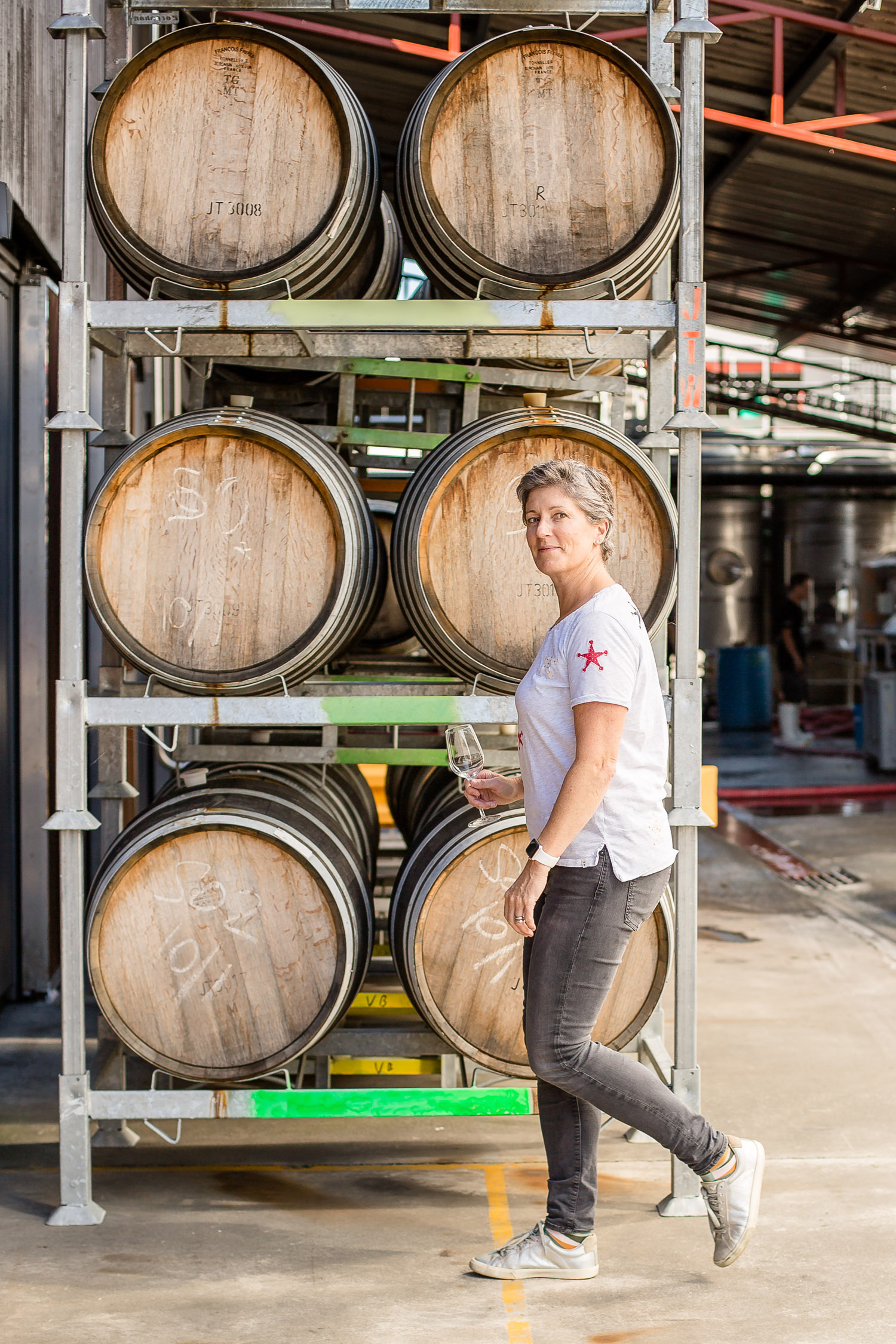
Winemakers always talk about good or bad years — how are the grapes this year?
The 2021 harvest was simply beautiful. After the stress of last year with COVID, I think anything was going to be better. The growing season started early after a warm spring. We then had a frost on the 30th of September which hugely impacted the crop loading on the vines. Summer was perfect. Dry sunny conditions and low crops meant harvest was one of the earliest the region has had. Lovely, disease-free fruit with great concentration have made some wonderfully fragrant wines.
How will you have to adjust for climate change in the next few years?
I’ll get out my crystal ball? We are hoping for more winter rainfall and less in the summer, which is good for disease pressure. And there are things we can do from a viticulture and winemaking point of view. More leaf surface area in the fruiting zone, harvesting slightly earlier, planting more fruit further south…
What’s your ideal food and wine pairing?
I do love a glass of Sauvignon Blanc and crispy skinned snapper. Or champagne with fish and chips — a kiwi delicacy (not really, but the sparkling seems to cut through the fat!).
(Ed. note: if you’re looking for more excellent pairings and recipes from Jules & Co., step right this way.)
If you had to ascribe human characteristics to the different types of grapes that you grow, how would you describe them?
I hate these types of questions! [laughs] I guess Sauvignon Blanc would be the extrovert with a vivacious personality and heaps of funny stories to share. Pinot Gris is the crowd pleaser – she gets on with everyone in the room. Chardonnay is a bit quieter but is really interesting once you get deeper into conversation with her. Grüner Veltliner is a bit exotic – you might think she’s going to be hard work but she’s surprisingly fun when you get to know her. And Pinot Noir is very elegant, a bit sexy, but not too pretentious.
What is your ideal setting for a glass of wine?
I am happy under a tree out of the sun, on a beach, at a bar — wherever is comfortable for you!
Every Thursday, our resident experts see to it that you’re up to date on the latest from the world of drinks. Trend reports, bottle reviews, cocktail recipes and more. Sign up for THE SPILL now.
